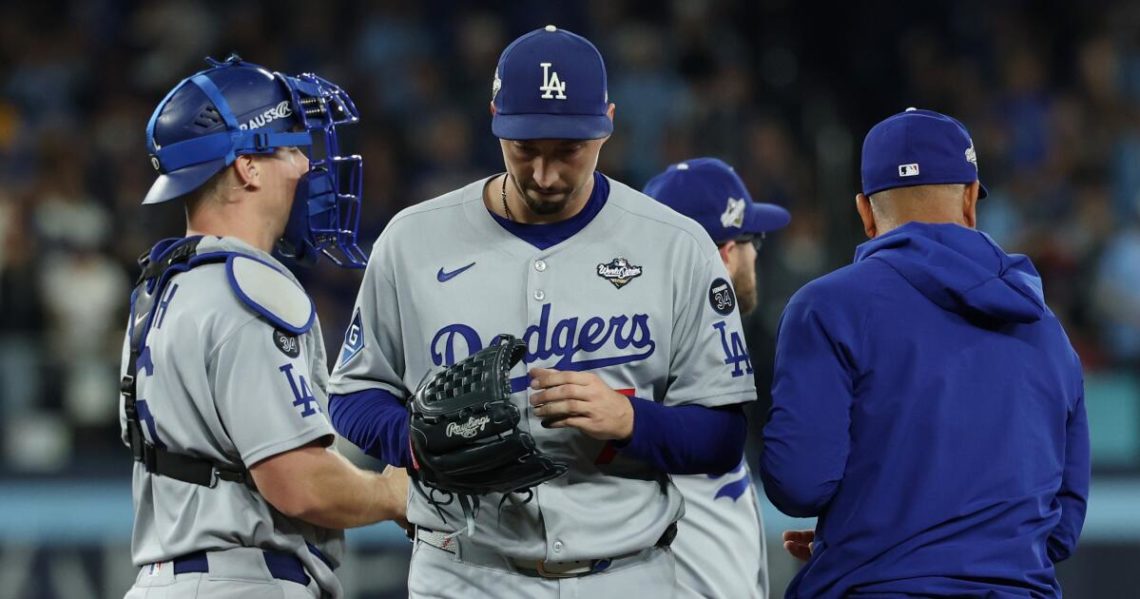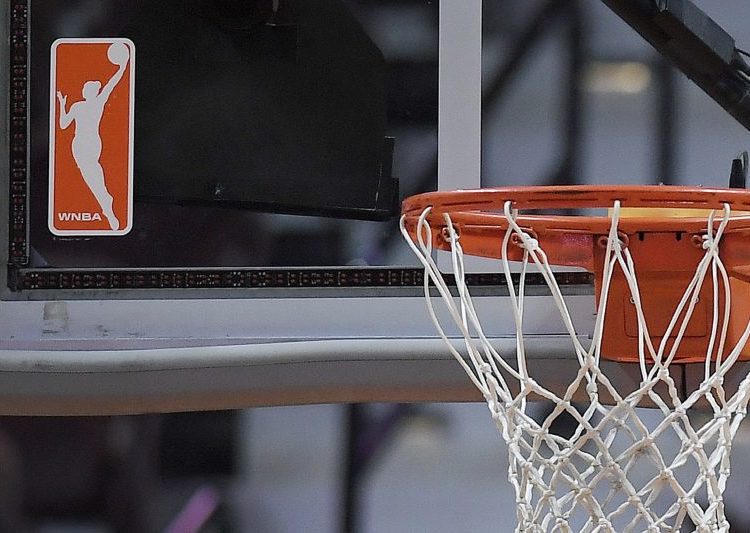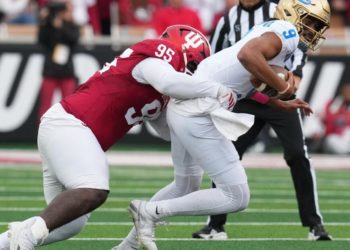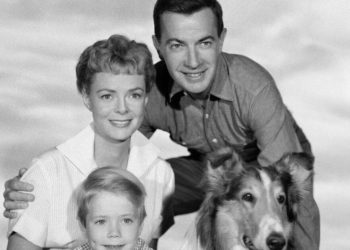TORONTO — Dominant.
Possibly the greatest ever.
The words used to characterize the Dodgers’ starting rotation this postseason obscured what could be the most important adjective to describe the group: indispensable.
Elite starting pitching isn’t a luxury for these Dodgers. Elite starting pitching is an absolute necessity.
On days they don’t have it, as was the case on Friday night, they don’t have a chance. On days their starters choke the way Blake Snell did in Game 1 of the World Series, they’re destined for the kind of 11-4 defeat they suffered at the hands of the Toronto Blue Jays in Rogers Centre.
The Dodgers reached the World Series because the rotation camouflaged their worst bullpen under president of baseball operations Andrew Friedman.
By recording just 15 outs, Snell exposed his team’s relievers.
The Dodgers don’t have the kind of roster that could withstand such a mediocre start. They required something more in line with his spectacular performance against the Milwaukee Brewers in Game 1 of the National League Championship Series.
Eight scoreless innings is a tall order for any pitcher, even one as accomplished as Snell, a two-time Cy Young Award winner. But the Dodgers committed $182 million to Snell for a reason, and judging by how they didn’t rush him back from a shoulder injury he sustained in April, that reason wasn’t to win regular-season games.
On Friday, Snell failed.
He threw 29 pitches in the first inning. He gave up a two-run homer to Daulton Varsho in the fourth that leveled the score at 2-2.
“I wasn’t locating the ball,” Snell said. “It’s pretty simple. The command with the fastball wasn’t great. Changeup, I couldn’t locate that either.”
Snell went into the bottom of the sixth inning with his pitch count already at 84.
He walked the leadoff batter, Bo Bichette, but manager Dave Roberts didn’t move. He gave up a single to Alejandro Kirk, but Roberts still didn’t move.
Only when Snell plunked Varsho on the back did Roberts make his dreaded walk to the mound. This wasn’t a walk as much as it was a death march.
There was a reason Roberts waited as long as he did to remove Snell from the game. There was a reason Roberts spent the entire postseason up to this point doing whatever he could to avoid calling on any reliever other than Roki Sasaki, Blake Treinen and Alex Vesia in a close game.
Those reasons became clear over what turned into a nine-run inning for the Blue Jays, who pole-axed relievers Emmet Sheehan and Anthony Banda in what looked like a Canadian humiliation ceremony.
Vesia was excluded from the roster as he and his wife were dealing with a “deeply personal family matter.” With or without the fiery left-hander, however, receiving only 15 outs from their starting pitcher was not a blueprint for victory for these Dodgers.
How could their bullpen possibly cover four innings without Sasaki pitching multiple innings?
It can’t, which is why it’s critical that Yoshinobu Yamamoto, Tyler Glasnow and Shohei Ohtani not stink up the joint the way Snell did.
They are certainly capable.
In the 10 postseason games leading up to the World Series, the rotation posted a combined earned-run average of 1.40. In the four-game sweep of the Brewers in the NLCS, the starters registered a 0.63 ERA, a league championship series record.
Yamamoto will start Game 2 for the Dodgers, only 11 days removed from pitching his first major league complete game in a win over the Brewers. He might not be able to deliver nine innings again, but why couldn’t he give his team seven or eight?
The Blue Jays had the lowest strikeout rate and highest contact rate in the major leagues.
“That’s not something to be too conscious about while pitching,” Yamamoto said in Japanese. “I’m always thinking of throwing as much as I can in the strike zone, and I think it will be good if I pitch the way I usually do.”
Yamamoto usually pitches deep into games, too. That’s what the Dodgers will be asking not only from him, but also from Glasnow and Ohtani. And when Snell takes his turn in the rotation again, they will be asking that from him as well.
In other words, the Dodgers need their rotation to be dominant, historic, possibly the greatest ever.
The post Hernández: Why elite starting pitching might be the Dodgers’ only path to World Series glory appeared first on Los Angeles Times.




